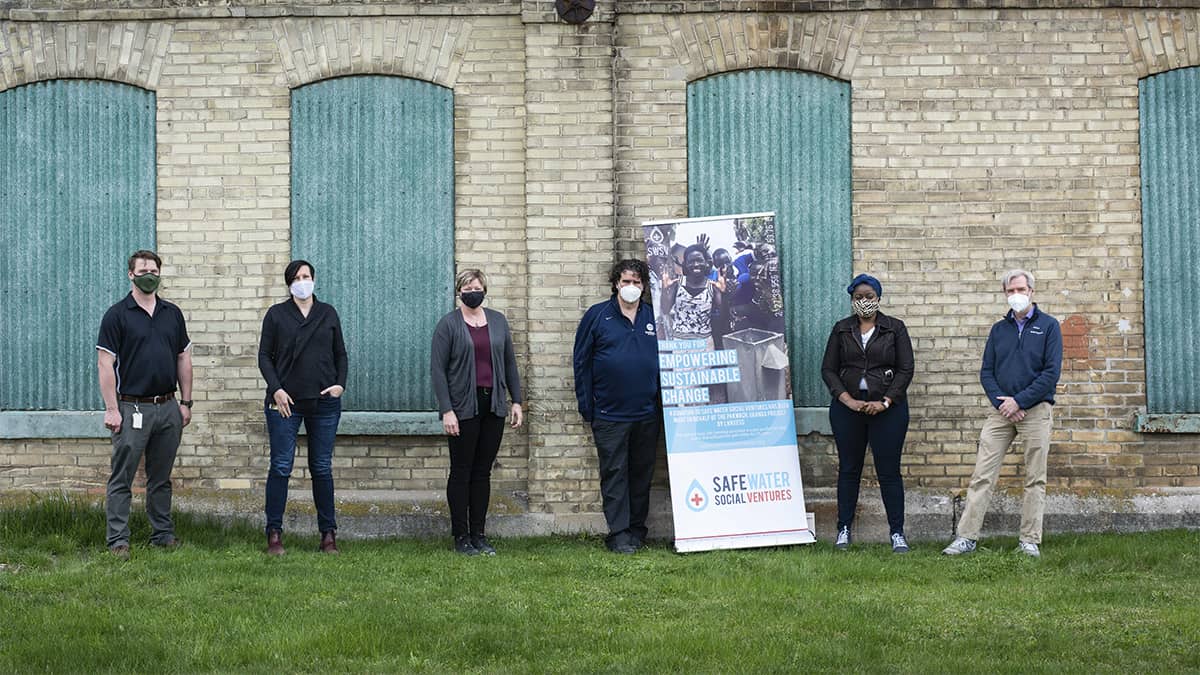Down from levels in mid-April – highs not seen since the post-holiday peak – COVID-19 numbers continue to fluctuate in Waterloo Region. New cases continue to mount despite the stay-at-home order in place and a push to get more people vaccinated.
The region’s incidence rate has dropped slightly over the last week to around 95 cases per population of 100,000 from 100. That continues the trend of remaining better than the provincial average, which stands at 160 cases per 100,000.
“As usual, we are seeing some stabilization, but our situation is still precarious. And it will change quickly if we don’t keep up with our public health measures,” medical officer of health Dr. Hsiu-Li Wang said during the weekly pandemic briefing April 30.
“Taking into account interim data, our seven-day average of percent positivity is 6.7 per cent. Ontario’s is at 8.7 per cent – invariants of concern continue to be the predominant strains in Waterloo Region.”
At midweek, there were 541 active cases of COVID-19 in the region. Public health officials were monitoring outbreaks at 19 locations, down from 28 a week earlier.
Overall, the region has seen 14,459 cases of COVID-19 since the pandemic begin, with 13,648 cases (94.4 per cent) having been declared resolved. There have been 252 fatalities linked to the virus, one in the past week.
“What residents can do, limiting mobility and reducing close contacts are critical steps that help slow the spread of COVID-19. Limiting mobility means staying at home as much as possible, avoiding non-essential travel to other regions areas of Ontario. Reducing close contacts means avoiding social gatherings, keeping at least two metres between yourself and people who you don’t live with. Wear a mask or face covering. Outdoors is safer than indoors – minimize time indoors with others as much as you can,” Wang advised.
“Employers, please have your workers work from home whenever possible under the stay-at-home order. There are things we can all do to protect each other, even doing our essential trips: limit your mobility and reduce your contacts by having only one household member pick up groceries, food or prescriptions if you can. Try to plan for what you need ahead of time to limit the number of trips you need to make outside your home per week. Planning trips or physical activity for less busy times of the day if you can. Maintaining physical distance between yourself and others at all times, even when you have a mask on. And wearing a face covering or mask outdoors when maintaining distance with others isn’t guaranteed.”
At midweek, there were 52 people hospitalized with the virus, down from 70 at the same point last week.
In Wellington-Dufferin-Guelph, there were 386 active case, down significantly from 528 a week earlier.
That catchment area’s cumulative total was 7,170, of which 6,676 (93.1 per cent) have been resolved. There have been a total of 108 fatalities since the pandemic began, two more than last week’s report.
The province continues to see growth in the total number of cases, with the tally now at 476,692, up some 24,000 in the past week.
There have been 8,143 deaths attributed to the virus, representing a mortality rate of 1.7 per cent. The ministry reports 432,109 cases (90.6 per cent) have been resolved.
The latest numbers from Health Canada show 82,700 active cases nationwide, down about 2,000 from a week earlier. The cumulative total of confirmed cases now stands at 1,249,950, with 24,396 related deaths, a mortality rate of two per cent.









